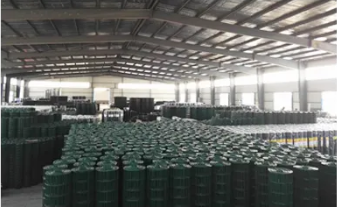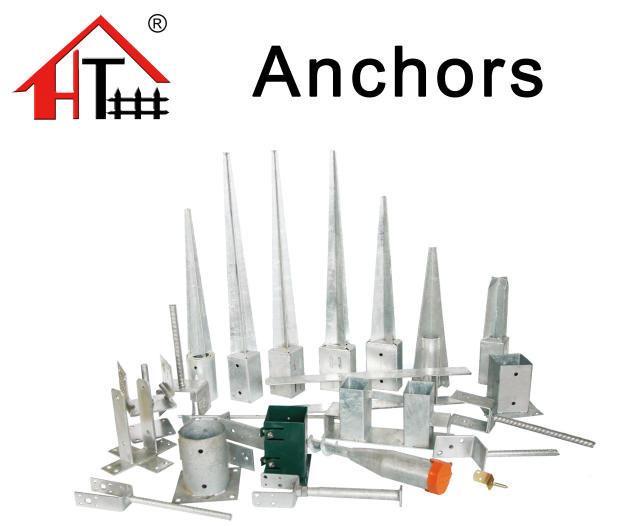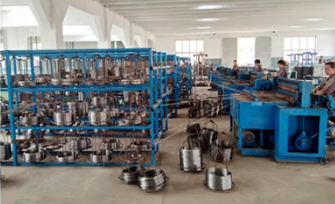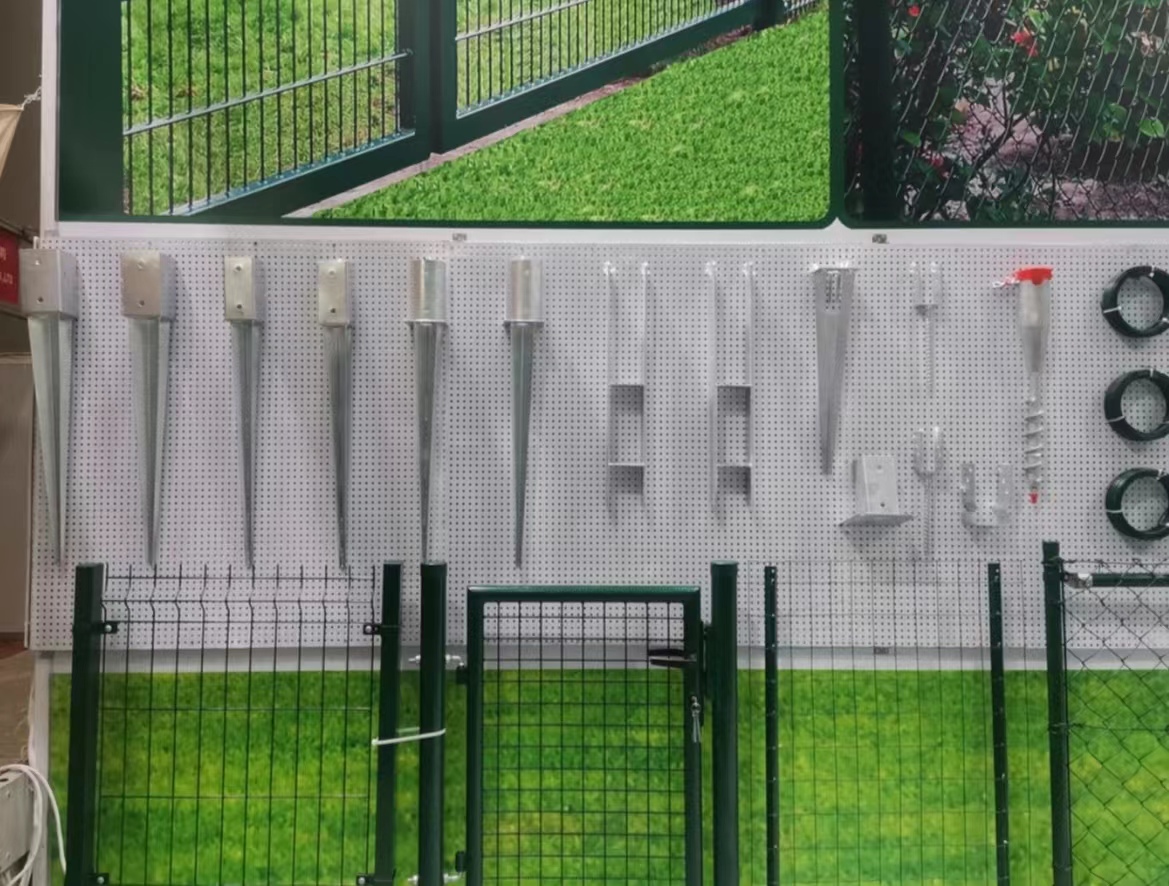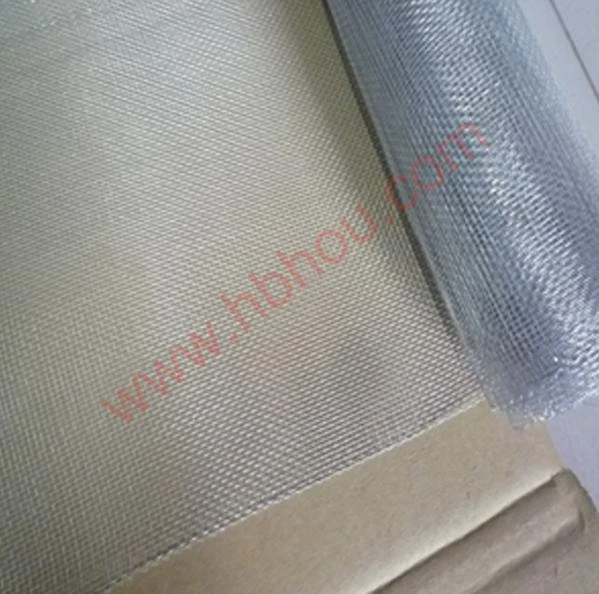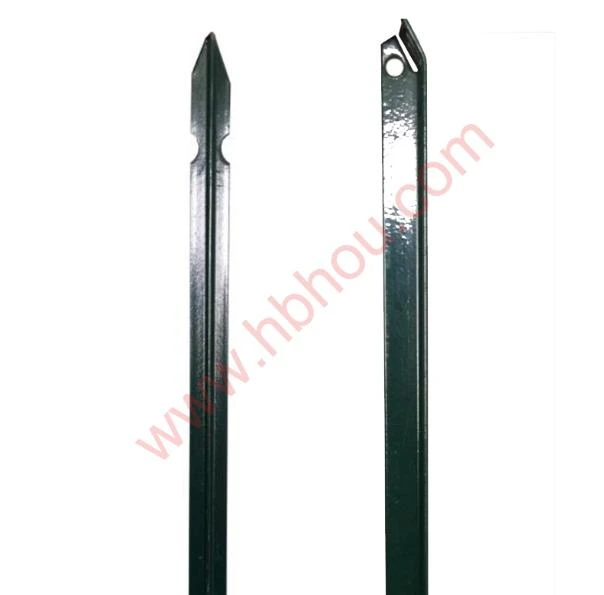Live Animal Traps for Squirrels A Comprehensive Guide
When it comes to dealing with unwelcome squirrels in your backyard or attic, live animal traps offer a humane and effective solution. These traps are designed to capture squirrels without causing them harm, allowing you to relocate them safely and responsibly. In this article, we’ll explore the effectiveness of live animal traps for squirrels, the best practices for using them, and some important considerations to keep in mind.
Understanding Live Animal Traps
Live animal traps are typically constructed from sturdy materials, featuring a spring-loaded mechanism that captures the animal once it enters the enclosed space. The design ensures that the squirrel cannot escape, while the humane nature of the trap allows for a stress-free capture. These traps come in various sizes, with larger options suited for capturing squirrels, raccoons, and other small wildlife.
Choosing the Right Trap
When selecting a trap for squirrels, look for one that is appropriately sized. A trap measuring 24 inches long is generally effective for capturing adult squirrels. It’s also important to choose a trap made from durable materials that can withstand the outdoor elements. Brands that focus on humane trapping often provide models specifically designed for squirrels, ensuring both safety and efficiency.
live animal traps squirrels

Placement and Baiting
Successful trapping hinges on strategic placement and effective baiting. Squirrels are attracted to food, so using the right bait is essential. Common choices include peanut butter, sunflower seeds, or corn. Place the trap near areas where you’ve noticed squirrel activity, such as in gardens, attics, or near their nests. Ensure the trap is positioned securely on level ground, and avoid placing it in direct sunlight, as squirrels may be deterred by the heat.
After the Capture
Once you have successfully captured a squirrel, it’s important to handle the situation with care. Check local regulations regarding the relocation of wildlife, as laws vary by region. When releasing the squirrel, choose a location that is far enough away from your home to discourage it from returning. Ensure that the release site offers adequate food sources and shelter for the squirrel to adapt to its new environment.
Conclusion
Live animal traps provide an effective and humane method of capturing and relocating squirrels. By selecting the right trap, placing it strategically, and using appropriate bait, you can manage squirrel populations without harm. Always remember to adhere to local wildlife regulations and prioritize the well-being of the animals you capture. With the right approach, you can maintain a peaceful coexistence with nature in your backyard.









